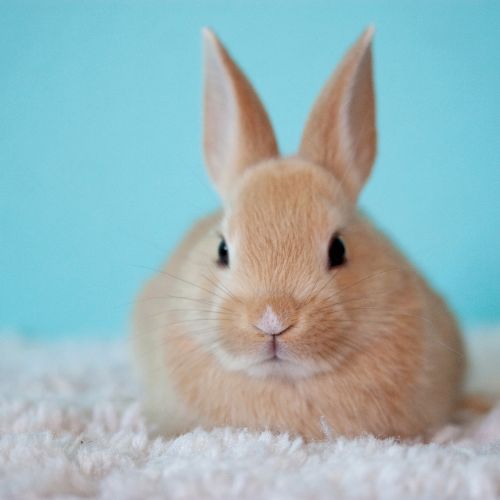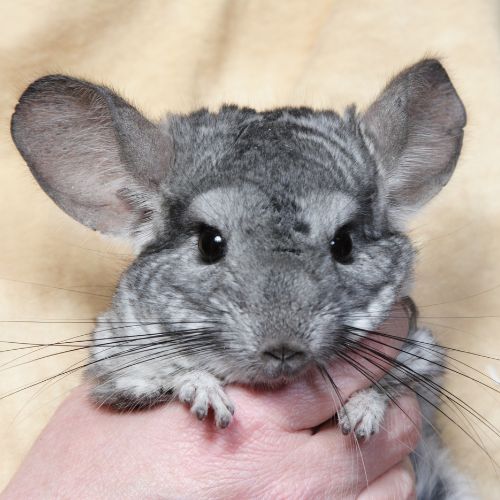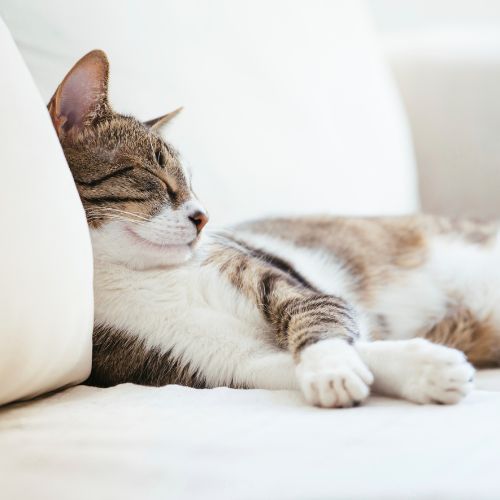What is Reiki for Pets?
Reiki, derived from the Japanese words "rei" (universal) and "ki" (life energy), is an ancient healing technique that channels the universal life force energy to promote balance, healing, and harmony. Initially developed in Japan, Reiki has grown in popularity across the globe, with practitioners emphasizing its holistic approach to wellness—not just for humans, but also for the animal kingdom. Animals, much like humans, have energy centers and fields that can benefit from Reiki. Whether it's a household pet or wildlife, Reiki's universal application transcends species, offering healing energy to all living beings. Its non-invasive nature makes it particularly suitable for animals, providing them with a gentle yet effective healing method.





